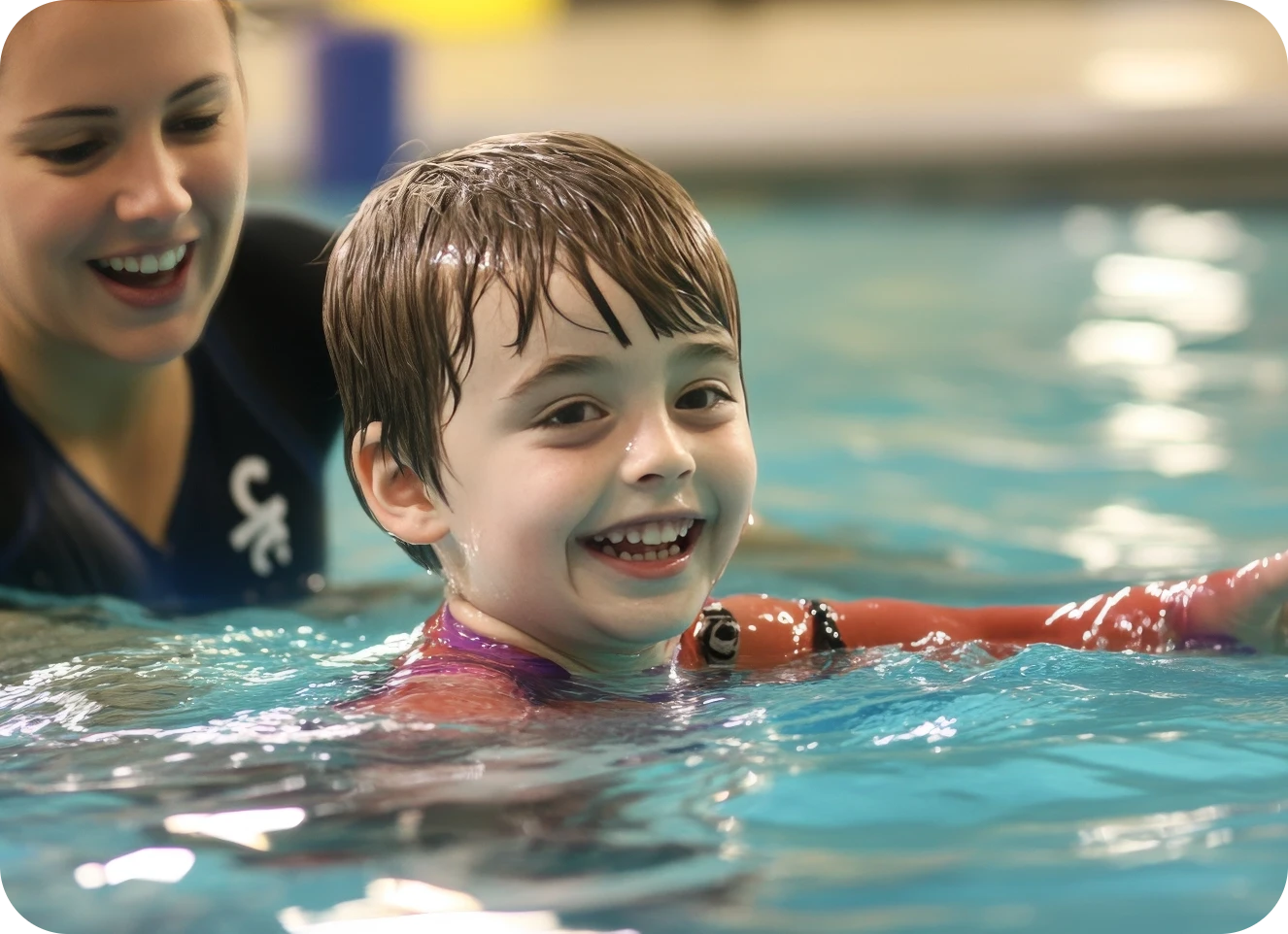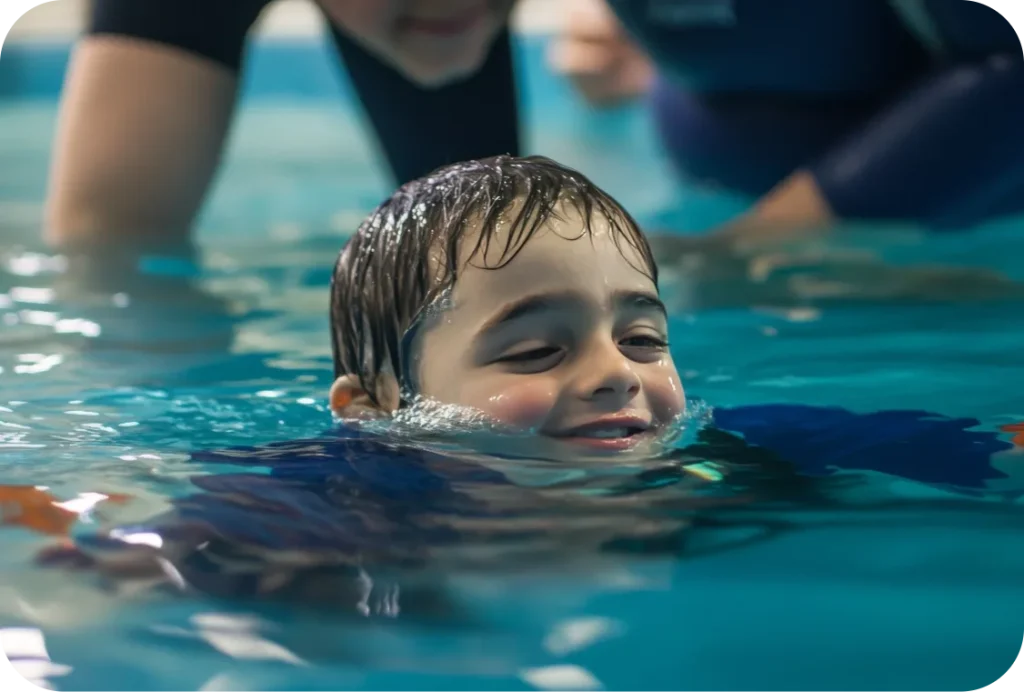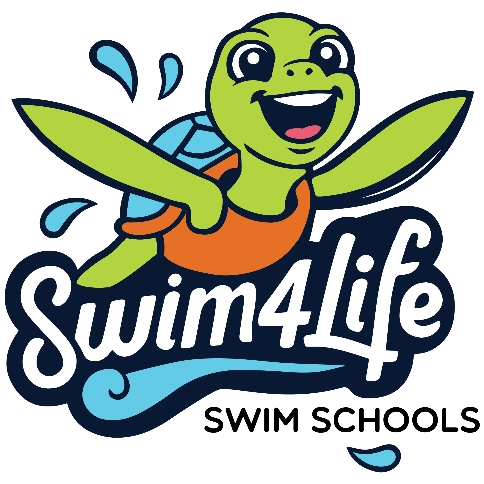Thousands of Australian children are hospitalised every year due to drowning incidents. Many of these cases happen silently when supervision lapses, even for just 20 seconds. Fortunately, you can prevent most of these tragic incidents by following this detailed guide on summer water safety for children.
Why Water Safety Is Critical in Summer
Summer is characterised by higher heatwaves pushing families outdoors, often toward beaches, lakes, and pools. These water activities have numerous benefits but present significant risks to children, including drowning. According to research, drowning is the second-leading cause of death among children below 14 years. Therefore, teaching your child water safety is critical to prevent possible drowning risks.

10 Must-Know Water Safety Tips for Parents
1. Active Supervision: Your #1 Drowning Prevention Tool
Active supervision involves always watching your child with no room for distractions. It differs from passive presence, where you are only near your child without actively engaging with them. Some active supervision tips include:
- The water watcher role: I recommend designating an adult who can focus on your child 100% and watch for risks such as silent submersion, floating toys, and children quietly bobbling. Rotate after 15 minutes to avoid fatigue.
- Touch supervision: Always ensure your child is within arm’s reach. As I always say, “If you can’t touch them, you are too far.”
- Supervision for older children (3+ years): Children who swim alone should be watched closely. Remember, skills don’t eliminate risks.
2. Use Of Lifejackets in Open Water
Lifejackets are essential water safety equipment for children. Ensuring your child wears a properly fitted lifejacket before stepping into the water can significantly reduce drowning. Therefore, make sure your child wears a lifejacket that meets the Australian Standard (AS) 4758 requirement, set to take effect from January 1, 2025. Lifejackets that meet this new requirement incorporate new technology to make them the most reliable. Avoid over-relying on inflatable toys like water wings, as they are not safety devices.
3. Make Your Pool Area Child-Safe
Securing the pool area and following safety regulations is non-negotiable if you have a pool. Your child can wander into your pool more times than you can imagine. Therefore, always set up a four-sided fence, at least four feet high, with self-closing gates. Remove all toys from the pool area after use, as they can attract curious children. You can also install pool alarms on doors leading to the pool or in the water.
4. Teach Water Rules Every Child Should Know
Following water rules should be a priority for pool safety for children. Teach your children that water is not a playground, and they should always ask for assistance and permission before entering. Remind them they should not run near water as this can lead to slips and falls, resulting in injuries. They should also stay within designated areas and avoid pushing or dunking others.
5. Protect Your Children from Sunburn and Dehydration
Sunburn and harmful UV rays can cause skin damage and increase the risk of skin cancer. On the other hand, a dehydrated child is a distracted child. Therefore, to keep your child safe and active, always ensure they wear waterproof sunscreen with at least SPR 30 every two hours. Dressing them in rashies and wide-brimmed hats can also prevent sunburns. Moreover, encourage them to drink water frequently to prevent dehydration.

6. Open Water Safety: What Your Children Need to Know
Open water environments like lakes, rivers, and oceans present unique challenges. Since open water changes constantly, I recommend teaching your child about rip currents and how to escape them by swimming parallel to the shore. They should also swim in designated areas, such as between the flags and those supervised by lifeguards. As a parent, you should check water and weather conditions before allowing your child to swim.
7. Emergency Preparedness: Learn CPR
Every second counts during emergencies. How quickly you act can make a difference between life and death. Therefore, I suggest you take a short cardiopulmonary resuscitation (CPR) course to prepare for emergencies. You should also practice regularly to keep your skills sharp. Encouraging other family members to learn CPR and first aid is also essential, as it ensures your child’s safety at all times.
8. Create Safe Water Play Zones at Home
Even shallow waters can be dangerous. Therefore, ensure you create water-safe environments by supervising your child around water tables and paddling pools. Empty drain tubs, buckets, and toy pools immediately after use. You should prevent unexpected access to water areas at home by securing them with fences and pool alarms. Creating a water-safe home precludes the risk of minor accidents that can escalate quickly.
9. Talk About Water Safety Often
I cannot stress enough the importance of water safety conversation. Child water safety is not a one-time topic. You must talk about it often to reinforce good habits in your child. Therefore, use real-life examples to illustrate risks and tailor discussions to your child’s understanding. Always be calm in your illustrations and encourage your child to ask questions and express their concerns. This helps to keep safety at the top of their mind.
10. Build Water Confidence with Swim Lessons
Water confidence starts with proper instructions. Enrolling your child in early swim lessons helps them learn about water safety from experts and build confidence around water and other children. I recommend you take your child to swim schools, regardless of their age, and see them develop age-appropriate skills like:
- Water acclimation and back floating for infants and toddlers.
- Basic strokes, independent floating, entering and exiting water safely for preschoolers.
- Stroke refinement, treading water, and endurance swimming for school-aged children.

Why Swim4Life’s Tailored Lessons Support Water Safety
As a swim instructor, I believe summer water safety for children starts with choosing the right program depending on your child’s age, personal preferences, and goals. Swimming and other water activities can be enjoyable when the temperatures rise and indoors become unbearable. However, choosing the right swimming lessons is key to helping your child develop safety habits and confidence.
For this reason, I recommend enrolling your child at Swim4Life, the best school that offers personalised lessons based on age and learning style. The school strongly focuses on technique, safety awareness, and progressive skill building, with no floaties. Book a trial lesson today in Williams Landing or Tarneit and see the Swim4Life difference yourself.





